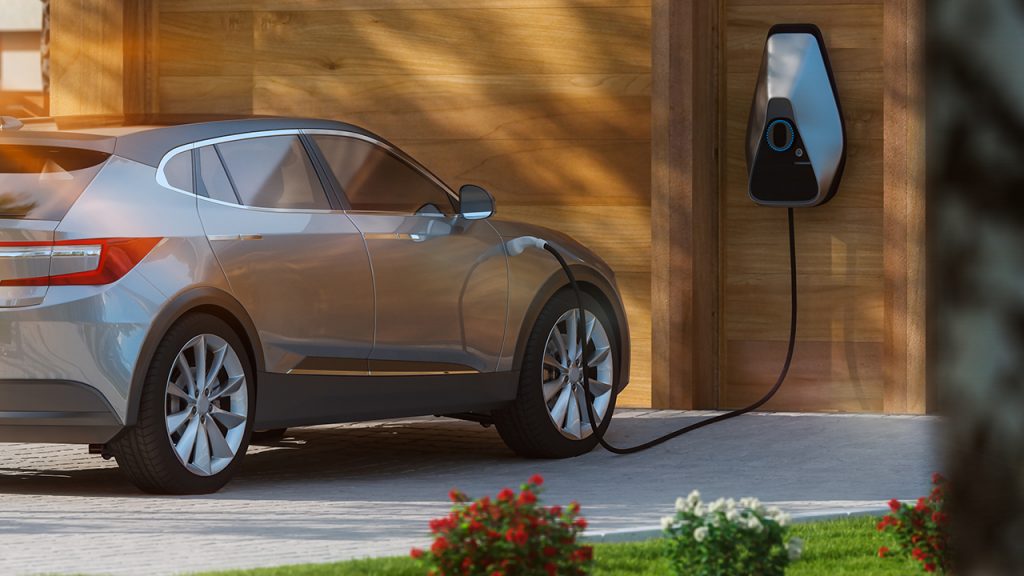How are you reading this? On your phone? A tablet? On your computer at work? In a newspaper at a café?
Chances are, you’re reading it however and wherever suits you and your lifestyle. That’s what we expect as consumers in 2021.
So why would it be any different when it comes to how we buy and sell energy?
When you spend as much time as we do participating in the big debates and policy processes around our energy system, you get used to talking about transitions and transformations, rapid change and adaptation.
Except when it comes to retailing, where things in Australia look… largely like they always have.
It doesn’t need to be that way. And there’s a significant risk for retailers who are too slow in realising that.
Disruption is coming
Around the world we are seeing a lot of market disruption as new and old retailers experiment with new ways of buying and selling energy.
Take, for example, the UK. Since 2004, a large number of small retailers have taken 25% market share from the Big 6, which after a number of recent mergers are now the Big 4. But what is remarkable is what has happened in the UK since 2018.
Just 3 retailers – OVO Energy (which subsequently acquired SSE, one of the Big 6), Bulb and Octopus Energy have grown their combined market share from 3% to 26%.
A range of factors have contributed to the stunning success of these disruptors, including that the electricity sector in the UK is now 100% renewable, making them “green retailers”. But at the forefront of their growth has been innovation in their approach to the customer.
We all know that electricity is essential to people having comfortable homes and competitive businesses.
And electricity is likely to become even more essential as we transition to a zero carbon economy with the electrification of heating and transport. One estimate is that this will involve electrifying 50,000 homes a month (including their cars) for the next twenty years.

Consumer needs should drive innovation
Consumers are telling us in the research we have done that they want a future, in which energy is affordable, abundant and clean.
But they also want it to be easy.
Go to the OVO Energy website, and you will find they advertise just one plan – keeping it simple. OVO Energy is now a retailer in Australia.
Bulb is also a British retailer that keeps it simple – pay as you go.
You can go to the Octopus Energy website and find smart tariffs for smart meters. And they invest in making choices easy for their customers, using simple heuristics.
These are three very different retail models but, as the growth in customer numbers they’ve attracted shows, each is resonating and has a simplicity to it that allows for customers to make informed choices according to their situation.
As consumers we have become used to this. When we transfer money from our bank account, check our share portfolio or swipe left to arrange a date we complete in effortless, frictionless moments, tasks that once took much longer and much more effort.
These same consumer expectations are what tomorrow’s energy retailers will need to meet and beat. That means, retailers need to move from being relaxed and comfortable, with a business model that hasn’t changed in a century, to a 21st century innovation mindset.
Some retailers that have tried new business models – for example Nottingham City Council’s Robin Hood Energy – have not found long-term success. There’s risk and reward in being a market disruptor. Not everybody makes it to the other side.
But we do know that disruption can be a powerful force in shaping markets to meet changing conditions. Which is why it’s unfortunate that the spirit of innovation we see sweeping through energy retailing elsewhere is mostly lacking in Australia.
New possibilities can drive innovation
Whether its software or hardware, technology is opening up new possibilities that can offer consumers more choice when it comes to electricity. Until recently, Australians have been beholden to the grid, with limited options for how they access power.
The cost of solar PV has dramatically reduced over the last decade and Australia has one of the highest uptakes of rooftop solar in the world. In some postcodes, over 50% of households now have solar PV.
While battery storage is still not cost effective, the costs are expected to rapidly reduce as they did with solar.
Energy prices have fallen recently but are still historically high. Customer dissatisfaction, including with retailers, has provided some of the impetus to take advantage of emerging technologies.
While many have done so seeking independence, there will still be a critical role for retailers to play in the future. To realise the changes that technology makes possible we will need new retail models. Where is the spirit of experimentation and disruption that will deliver them?

Retailers need a change of mindset
Most Australians still buy electricity in the same way they always have – a complicated monthly or quarterly bill that is only distantly connected to the everyday decisions and practises that actually contributed to it. How many of us understand or even know about the different tariffs, incentives and disincentives that contribute to the bill we receive each month?
We often hear from retailers that they “own” the customer. We also hear complaints that it’s the customers fault – that Australians don’t want smart meters, or complexity, or to think more about how they use electricity and when.
At Energy Consumers Australia, we know – because we’ve commissioned and carried out research in this area – that consumers are interested in new and different approaches to how they access electricity, provided those approaches are grounded in their needs. That also includes consumers who are in vulnerable circumstances and struggling to pay their bills.
The system has needs also. Because our future energy system will be 100% renewable and storage it will require consumers to be more flexible in their use of electricity. The alternative is more expensive investment in long-lived generation, storage and network assets (and higher bills for consumers).
Innovative retail models can be part of the solution here. They can help to support the strength and resilience of the overall system while making it easier for consumers to benefit from the choices they are able to make.
Warning signs abound for retailers who are not focused on innovation. Everything in the energy market is becoming more portable. From generation and storage where consumers might do it themselves or link with someone in their community who will do it for them.
Consumers’ energy use data will soon become fully portable, allowing someone other than your current retailer to shop around on your behalf and find a better deal based on the way you use electricity.
That means retailers need to get serious about innovating around their offering to consumers. There needs to be a shift from the mentality of owning customers to earning them.
From being in the billing business, to being in the energy services business.
If retailers can’t do that, nimbler more future-focused competitors will arrive and the large retailers we see as indispensable parts of our energy system could end up as the next Kodak or Blockbuster.
